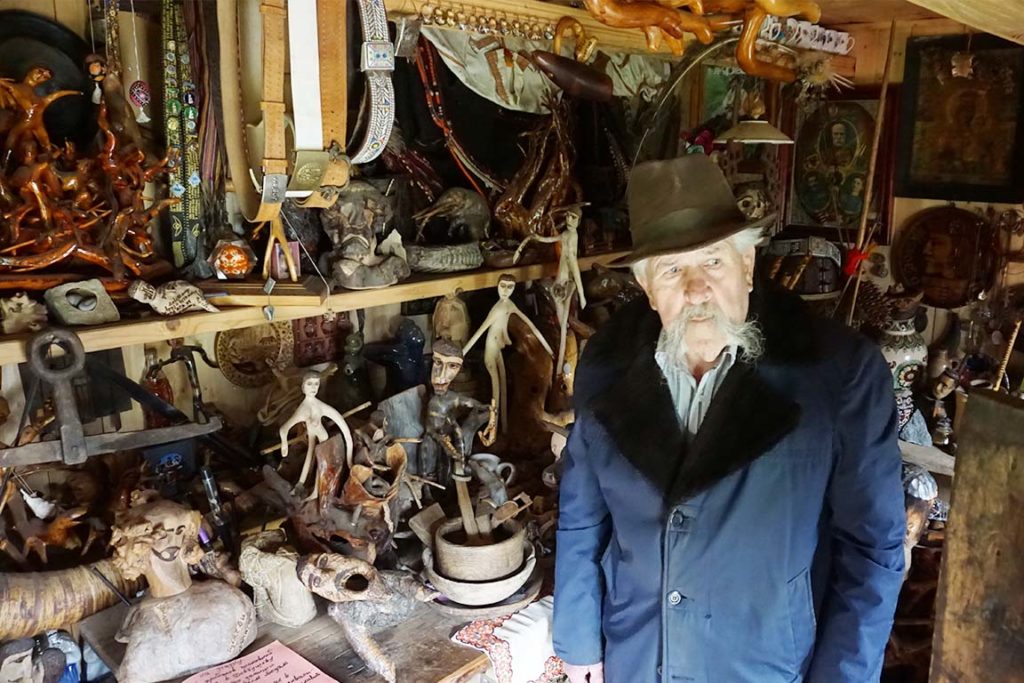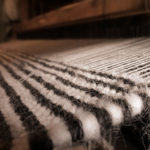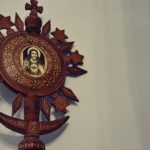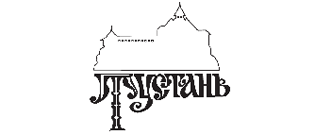The Hutsuls have not been regarded as quiet people. The name, which was used to describe the entire Hutsul ethnic group, became popular in the 19th century and if it was derived from the old Slavic “kochul”, it meant wanderers and tramps, while if one refers to the Wallachian source of the word “hotul”, it clearly indicates the roughs, robbers and thieves.
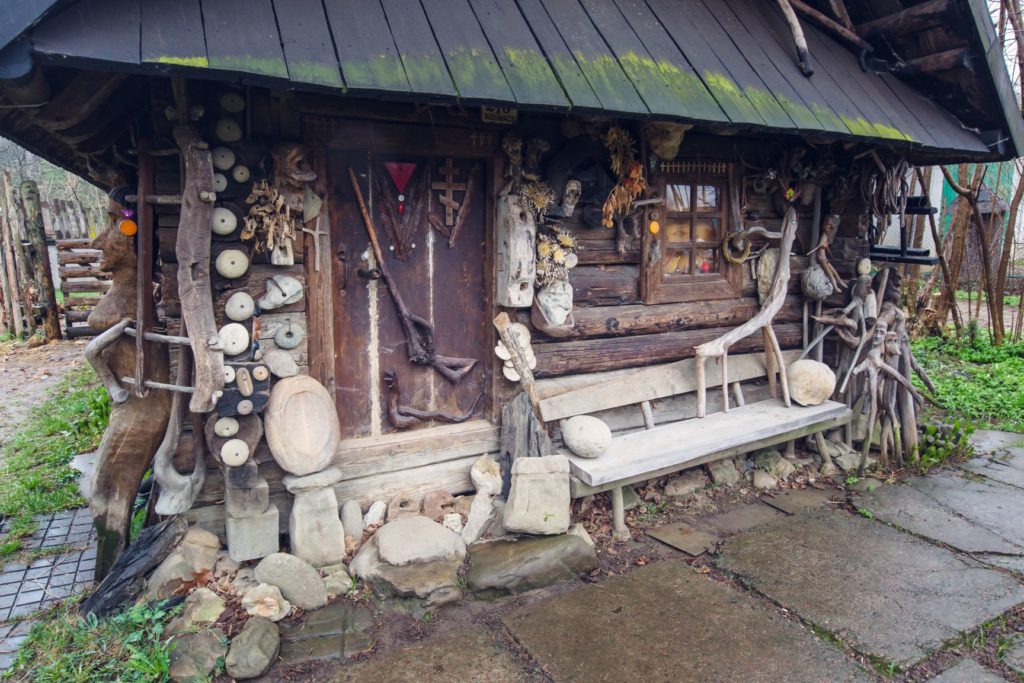
It is not surprising that Aleksy Dovbush became the greatest hero of local legends and songs. The figure of an eighteenth-century robber, whose gang prowled between 1735 and 1745 in Pokuttya, lived to see dozens of stories told from generation to generation. It has been permanently inscribed both in the history of local villages and in nature. There are plenty of mementoes of Dovbush like Rocks of Dovbush, or a large rock that Dovbush threw at the devil during one of many velitations with evil powers. Dovbush, despite of a rogue occupation, had a noble heart. He robbed the rich and although in fact he did not give it to the poor people – rather his family and friends – the Hutsuls loved him. In this way, he became not only a legend, but a local hero, who, like ancient heroes, has not been meant to live following the ordinary rules. Local devils lied in wait for his life and health, he was protected by the angels themselves. One of them promised him that he would not have been killed with the bullets. However, freedom and living according to its own terms have a price. Eventually, Dovbosh died betrayed by his lover, he was shot by her jealous husband with a silver bullet shotgun with 9 grains of wheat put on the top blessed by the pop, who read for them the 12 gospels.
The story goes on and on… In today’s Kosmach, on his farm, Mr Mikhail Didyszyn has got a small wooden hut. He bought it after the death of its 106-year-old owner. The old woman on her deathbed complained that her misfortune fell upon her, since it was because of her family that Dovbosh died. She was punished by fate, and although in the same hut where the robber was shot, she gave birth to three daughters, none of them had children. Mr Mikhailo took care of the hut after her death, creating a small museum there.
The walls of the hut-museum are hung with souvenirs from the past. Who knows, maybe some of them really belonged to the popular robber? Or even they remember his times? Behind the heavy wooden door, the kingdom of Mr Mikhail appears. Although he has been fascinated with the legendary Dovbosh since childhood, he is also an extraordinary character. He is an artist. The collection of a small museum therefore includes not only souvenirs of the former times of robberies: a horn that supposedly Dovbosh called his companions, hatchets, old belts, elements of costumes, but also a set of sculptures made by Mikhail. The hut is dark, more than three people cannot be there at the same time. Once the sight gets used to the darkness, it gradually brings out the shapes of all the collected souvenirs. Nature created it a thousand years ago. I only found it in the forest and extracted it – he says about a sculpture made by myself from an old root. Indeed, most of Mr Mikhailo’s works originated in forms given to branches, roots or stones by nature itself. Baba Jaga, Mountain Spirit, the characters related to with Dovbosh. And there is also a fantastic “Wisdom tree”. There is an old statue of Saint Nicholas at the door. When you touch it, it fulfils your wishes. People say so …
Leaving the kingdom of Mr Mikhail, it is impossible not to think about what was his wish, what kind of desires guided his life. In a way, like his hero from legends and stories – Dovbush – Mr Mikhail has not been living, as he says, as “Everyman”. He studied photography, interested in sculpture, and he constantly has been thinking about his hero – Dovbush. In the past, it was not easy in his life. The authorities did not look favourably on his actions, because although Dovbush with his robbery actions towards the rich could somehow fit into the leading ideology of the time, he reminded the Hutsuls too much of their tradition, culture and identity. Today, it is much easier.




